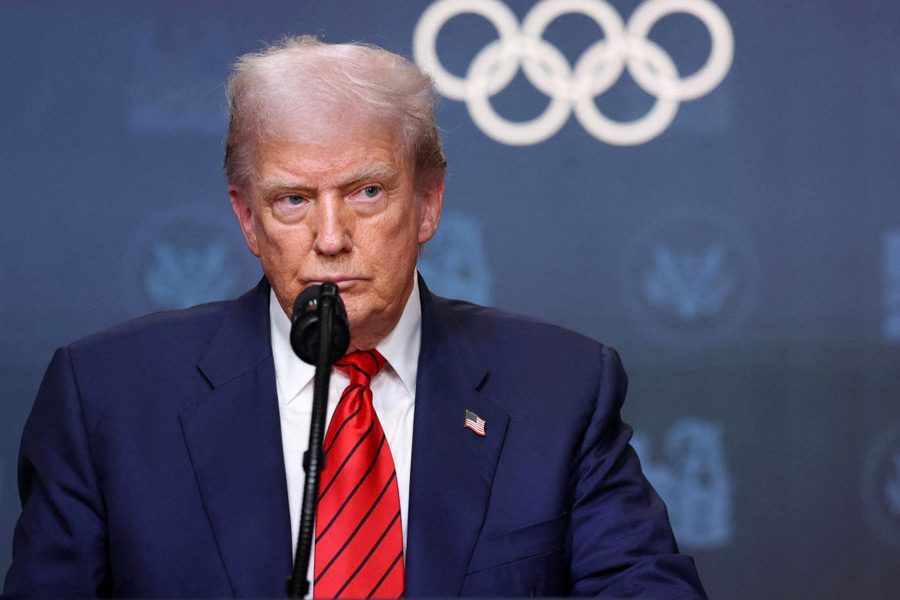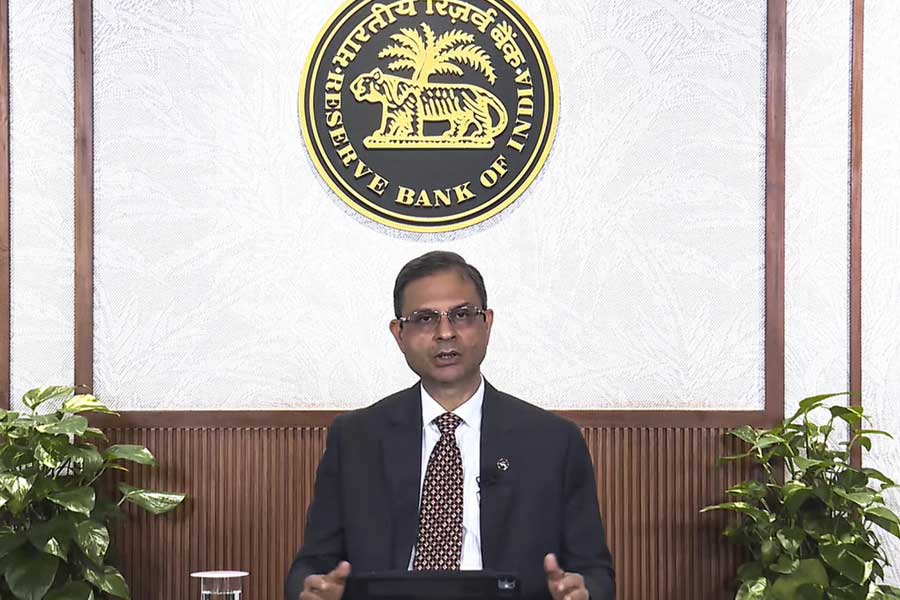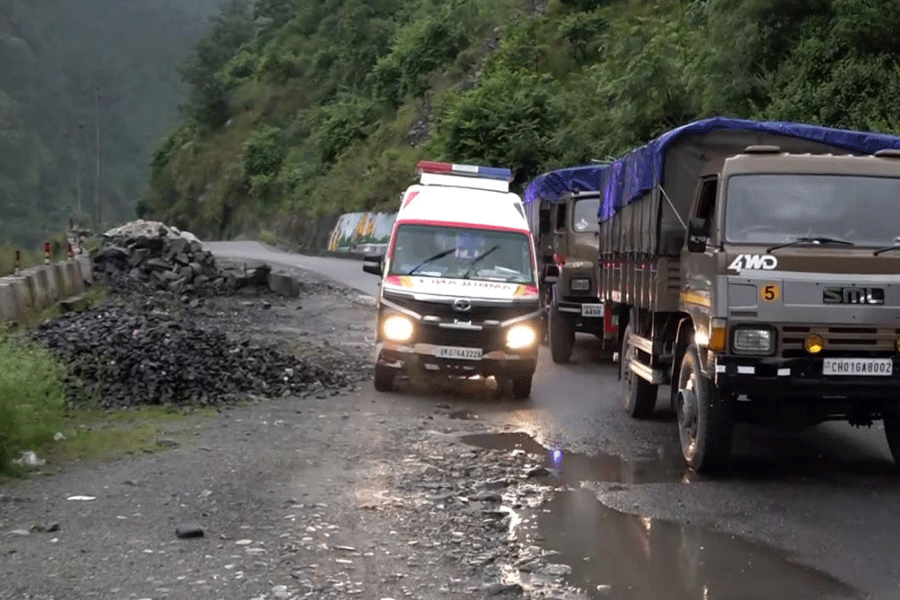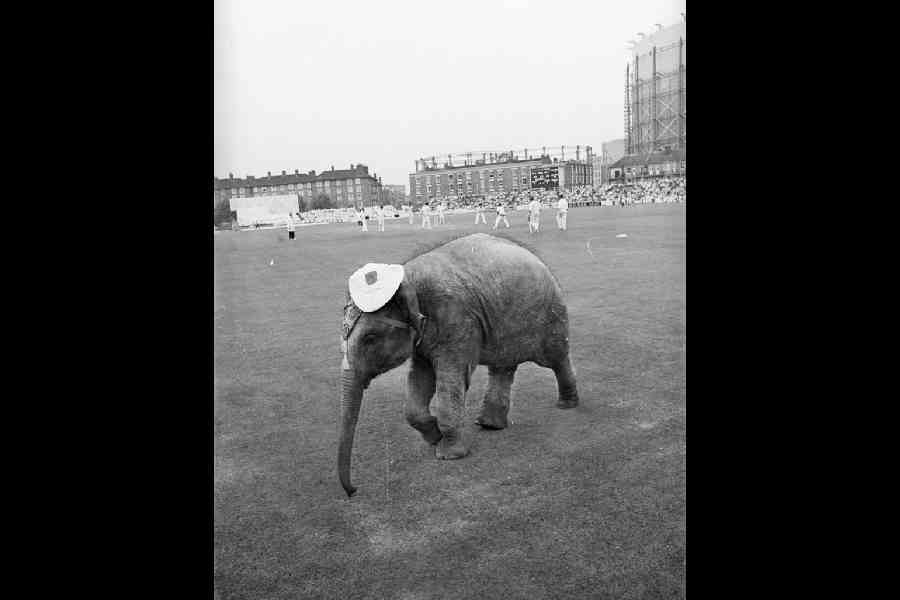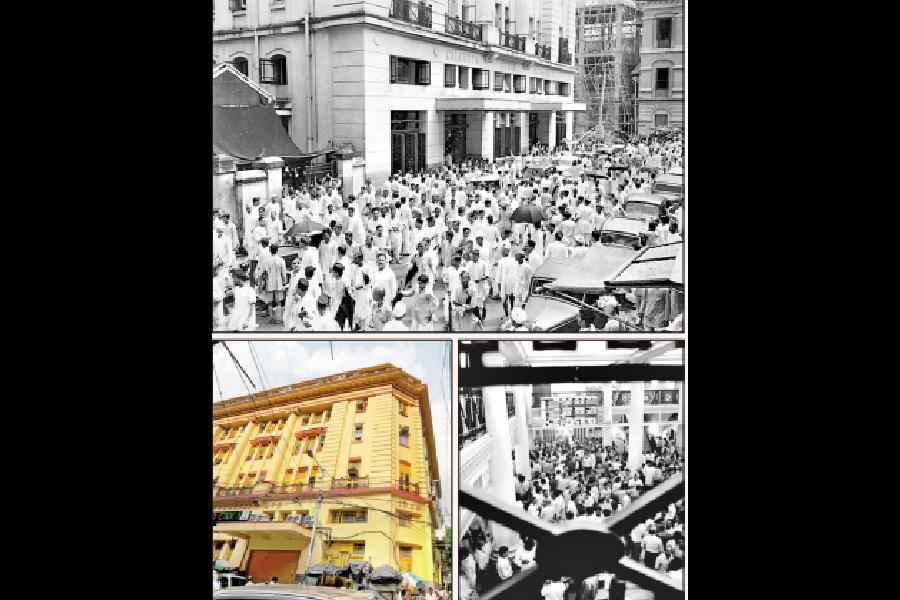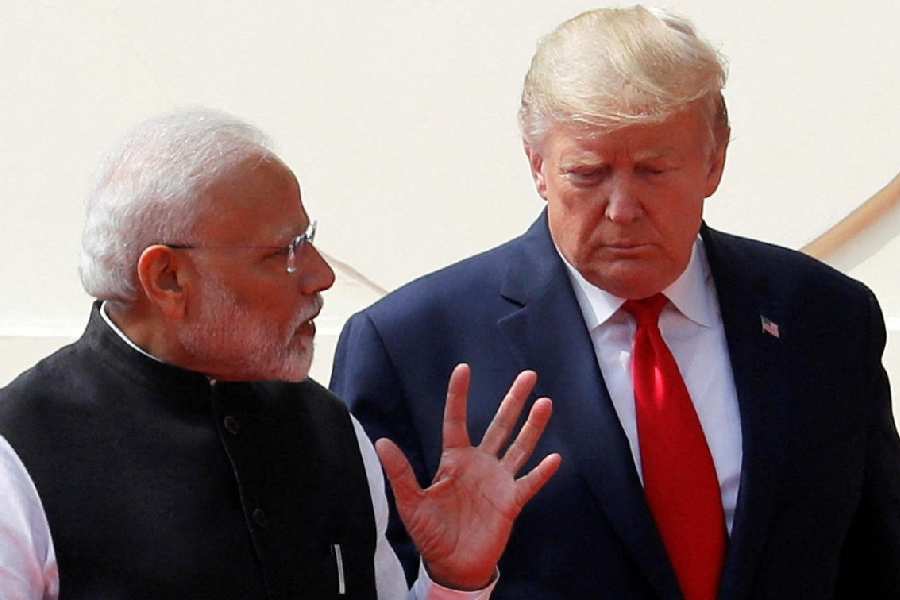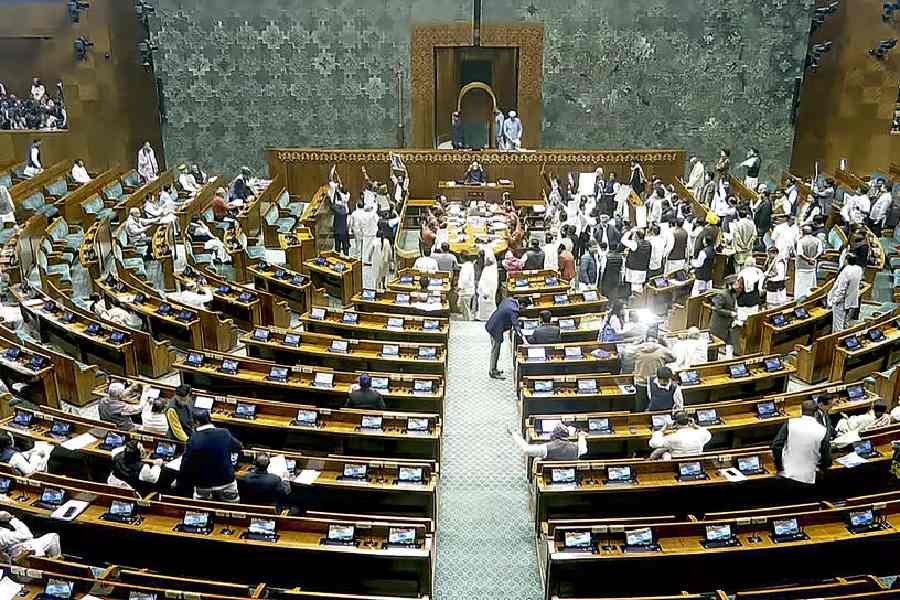 |
 |
 |
| Bonti Senchowa, Moushumi Kandali, Arupa Patangia Kalita |
Calcutta, Dec. 14: From celebration of life to personal trauma, the desire for acceptance to longing for liberation, Assamese women writers have felt the angst of generations and given them the wings of expression.
A section of these writers will present their perspective and weave the rich threads of Assamese literature into a countrywide tapestry during Samanvay, the Indian Languages Festival, to be organised by India Habitat Centre, New Delhi, this week.
Satyanand Nirupam, a member of the programme advisory committee, India Habitat Centre, puts the project into perspective.
“Most literary festivals focus on professionals. At Samanvay, we are going a step ahead and including young and aspiring writers and common people,” he said.
The panellists will offer a glimpse into the fresh trends in Assamese literature — the complexities, the unique rhythms, the evolution and nuances — before a wider audience, he added.
The festival begins on Friday.
From 10.45am till noon on Saturday, Arupa Patangia Kalita, Bonti Senchowa, Monika Devi and Moushumi Kandali will explore the topic New Challenges for Women Writers, followed by a reading by Kalita and Senchowa.
Nirupam added, “Women writers in Assam have always been a prominent part of the literary scenario. We want to highlight the new directions they are taking.”
Eminent Assamese writer Arupa Kalita has mixed feelings about the emerging trends. “The scenario is extremely complex, even tumultuous. I am somewhat disappointed to see that some writers are taking refuge in a form of escapism, writing historical fiction, ignoring realities. Others are taking up a market-friendly approach and leaning towards themes like sexual tension, incest and teenage romance,” she said.
“It is, however, encouraging that a third generation has the courage to break away and create an entirely different genre, tackling reality head on,” she added.
Kalita, in her latest novel, Phelani, compares women to reeds, resilient and strong, and this shall be one of her focal points of discussion. She also emphasises the breaking away from the binary of men and women in writing and rejects the tag of “woman writer”.
Moushumi Kandali, writer, art critic and translator, echoes similar views.
She describes Assamese literature as a reflection of the social turmoil down the ages and recurring themes such as the “sane voice of womanhood”.
“Assamese writings by women reflect the saga of violence, conflict and social turmoil of the last few decades. However, I am not too happy with this tag of a woman writer!” she said.
This three-day event will comprise 10 sessions. Eight of the sessions will individually be devoted to conversation and readings from a particular language. There will be a multilingual opening session on Friday, which will include authors from languages besides the eight that form the focus of this year’s festival. There will also be a session on Indian writers writing in English.
Journalist and author Rahul Pandita, one of the speakers on new English writing at the festival, lauded the concept of Samanvay and said, “The festival is particularly relevant for the Northeast, as the literature of the region has hardly received any attention at the national level.”
“The writers from Assam will delve into the fresh challenges and horizons opening up before them and convey the nuances of indigenous literature before a multicultural audience,” he added.
Associate professor and short story writer Bonti Senchowa describes what it means to be a woman and a writer in the Northeast.
“We have endeavoured to portray every aspect of life in our writings. The Northeast, though comprising many cultures, is unified in spirit, I believe, and this must be conveyed,” she said.
Senchowa, who has been labelled an “eco-feminist” in her approach, added, “I am grateful to our society that encourages woman writers to develop their voice. It is of this society that my writings speak. I want our unique tradition to be preserved through our fiction, and to be appreciated worldwide,” she added.
Raj Liberhan, the director, India Habitat Centre, says, “The initiative involves authors connecting with the audience in vibrant conversations, to bring together the writer who crosses his boundaries of consciousness and the reader who discovers his own identity.”
Kandali adds, “Contemporary Assamese literature is vibrant and diverse. The trends of post modernism or magic realism that emerged in the eighties and nineties have now grown into powerful discourses. The experimental short stories are another noteworthy emerging trait. Laxminath Bezbaruah, Rajani Kanta Bordoloi and Laxmidhar Sarma in the twentieth century had written of women’s liberation and the women writers are carrying forward that legacy.”


